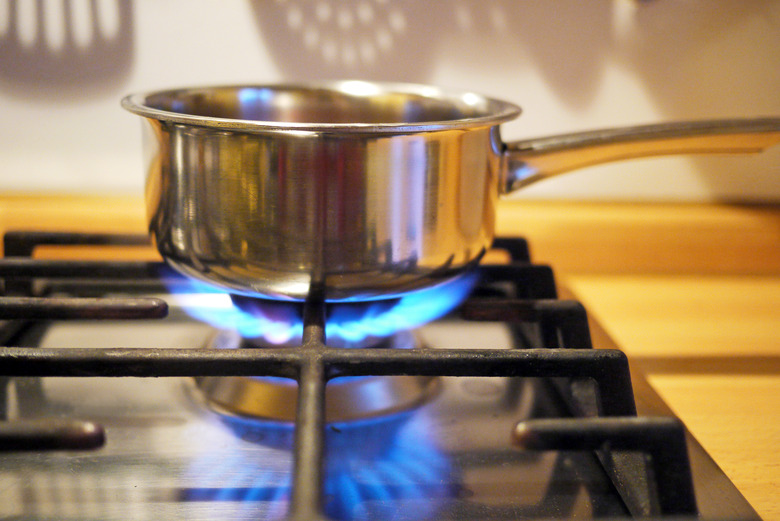7 Common Problems With Gas Stoves
Gas stoves are often preferred for serious home cooks who like precise temperature controls and instant heat, but gas stoves can have several common problems that delay your cooking. It only takes a few minutes to troubleshoot most of them. Take necessary precautions when troubleshooting, performing maintenance, or repairing a gas stove. Always leave any repairs that could cause a gas leak to the professionals.
1. Surface Burner Won't Light
1. Surface Burner Won't Light
A very common gas stove problem is a surface burner that won't light. This could be caused by the pilot light being extinguished if your stove has one or the burner portholes getting clogged. If your gas stove is equipped with an electric igniter, there could be a loss of electricity that's keeping it from working. The ignition switch could be malfunctioning if the stove has power but you don't hear the usual clicking when you try to light it. If your stove clicks when you try to light it but you don't smell any gas, there could be a disruption of the gas flow.
2. Pilot Light Goes Out
2. Pilot Light Goes Out
Not all gas stoves have a pilot light. Newer models often have an electric ignition system that eliminates the need for a pilot light. If you have an older gas stove, you likely have a pilot light and could have issues with the flame going out. Common causes of the pilot light going out include drafts and debris. It could also be a case of the stove getting old and the pilot light wearing out.
3. Weak Burner Flame
3. Weak Burner Flame
If the burner flame on top of the oven appears to be less impressive than normal, the problem could be clogged burner flame openings. Low-quality flames could also be caused by too little gas or too little air getting to the burner.
4. Oven Burner Doesn't Light
4. Oven Burner Doesn't Light
If your gas oven burner won't light, you could have an issue with the pilot light or electric ignitor. The pilot light being out or a lack of power to the electric ignitor could be to blame. If not, the ignitor could be worn out or damaged and need to be replaced. Sometimes you can have an issue with the oven lighting if the burner is dirty or blocked. Another possible issue is a malfunctioning temperature control thermostat, which tells the oven when to turn the heat on as the temperature drops.
5. Gas Odor
5. Gas Odor
Smelling a strong gas smell could be a sign of a serious problem. You'll typically smell a slight gas odor when you light a burner, but more odor than usual requires a little troubleshooting. If the odor of gas can be detected and the pilot flame is lit or the electric igniter is plugged in, it could indicate that one of the burners isn't shut off completely. A gas smell could also indicate that you have a gas leak in your stove, which is a potentially dangerous situation.
6. Noisy Surface Burner Flame
6. Noisy Surface Burner Flame
Unusual noises associated with your flame typically indicate a gas flow problem — usually either too much air or too much gas is getting to the burner. This situation creates a loud hissing sound, and you might notice yellow in your flames. Unless you know what you're doing, this situation is better left to a professional. Too much or too little gas can cause a dangerous situation in your gas stove.
7. Greasy Cooking Surface
7. Greasy Cooking Surface
When you cook frequently, you're bound to have grease buildup on your gas stovetop. This not only makes your stove look dirty, but it also increase the risk of a kitchen fire. Regular cleaning of the burners helps ensure more efficiency, using less gas on a lower flame.
